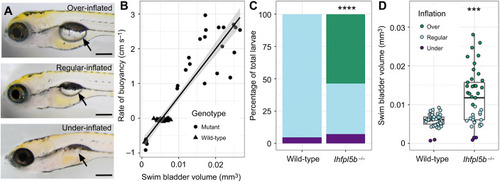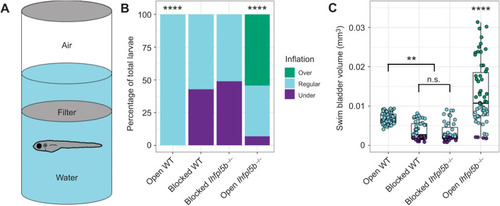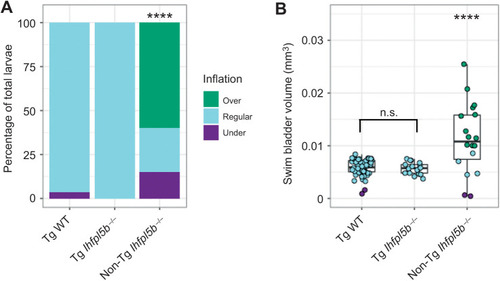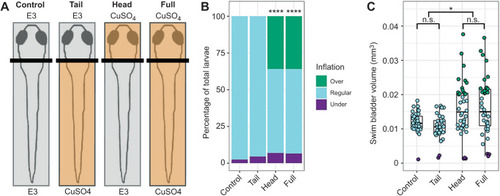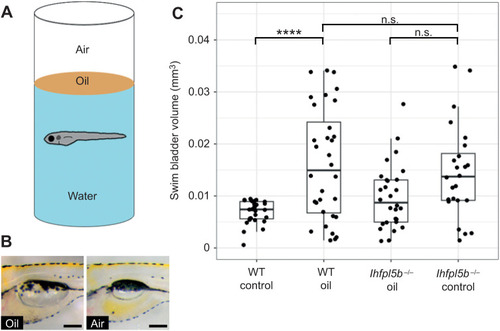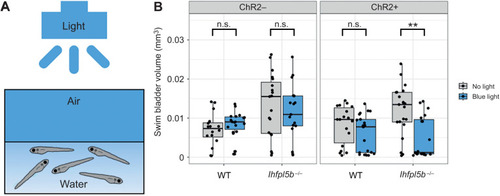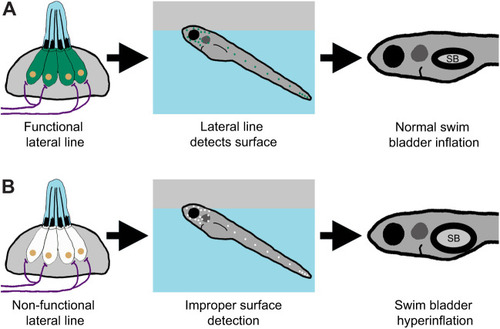- Title
-
A sensation for inflation: initial swim bladder inflation in larval zebrafish is mediated by the mechanosensory lateral line
- Authors
- Venuto, A., Thibodeau-Beganny, S., Trapani, J.G., Erickson, T.
- Source
- Full text @ J. Exp. Biol.
|
|
|
|
|
|
|
|
|
|
|
|
|
|
|
|

